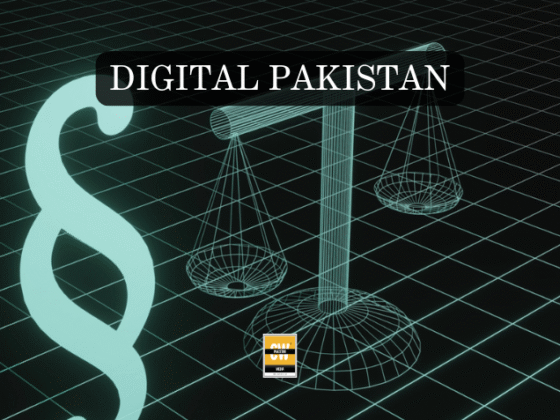GSMA hosted the second edition of its Digital Nation Summit in Islamabad, recognising the Ministry of Information Technology and Telecommunication (MoITT), PTA, and Pakistan’s mobile network operators for their contributions toward advancing the country’s digital landscape. The summit also marked the release of GSMA’s new report, Unlocking Pakistan’s Digital Potential: Reform, Trust and Opportunity, which outlines policy steps to close one of Asia Pacific’s largest mobile internet usage gaps and position Pakistan as a regional digital leader.
Speaking at the summit, Julian Gorman, Head of Asia Pacific at GSMA, presented the report’s findings and emphasised that mobile technologies could add US$1.4 trillion to the region’s GDP by 2030. Despite 81% mobile broadband coverage and 68% smartphone penetration, only 29% of Pakistan’s population used mobile internet in the past year, leaving a 52% usage gap. Gorman warned that high spectrum prices, sector-specific taxes, and regulatory uncertainty are restricting investment at a time when affordable, high-quality connectivity is critical for growth.
The report identifies low spectrum allocation as a key challenge, with delays in the planned 5G multiband auction. Sustainable spectrum pricing is essential, as cost-to-revenue ratios across the region have tripled over the last decade, and excessive costs in Pakistan threaten network coverage and speed. The study also highlights that combined taxes on mobile usage reach 33%, one of the highest rates in the region, which increases consumer prices and limits adoption.
GSMA also draws attention to the barriers preventing over half of the population from using available mobile broadband, citing affordability, digital literacy, and trust as major factors. Notably, women’s mobile internet adoption increased from 33% to 45% in 2024, the largest improvement among surveyed countries, showing that targeted initiatives can yield results. Rising incidents of digital fraud remain a concern, with Pakistan’s involvement in the GSMA APAC Cross-Sector Anti-Scam Taskforce seen as a positive but insufficient step.
Federal Minister for IT & Telecom, Shaza Fatima Khawaja, reaffirmed the government’s commitment to building an inclusive and innovative digital ecosystem. She noted achievements such as positioning Pakistan among 37 nations with a WebTrust-audited National PKI, improving the ITU ICT Development Index by 14%, expanding broadband access to 10 million new users, and increasing internet consumption by 24%. Initiatives include AI-enabled data centres, cloud infrastructure deployment, 40 Software Technology Parks, new submarine cables, and 17 telecom projects extending fibre connectivity to underserved areas.
GSMA’s policy recommendations focus on four priorities: comprehensive spectrum reform, fiscal policy alignment with digital development, measures to strengthen trust and inclusion, and regulatory streamlining to encourage innovation. These include releasing more mid-band frequencies, adopting multi-year spectrum roadmaps, rationalising sector taxes, expanding anti-fraud programmes, and creating predictable rules for emerging technologies such as 5G and IoT.
Gorman stressed that Asia Pacific is advancing rapidly in 5G, IoT, and AI, and with the right policies, Pakistan could lead in regional innovation, particularly in developer services and IT outsourcing.
Follow the SPIN IDG WhatsApp Channel for updates across the Smart Pakistan Insights Network covering all of Pakistan’s technology ecosystem.







